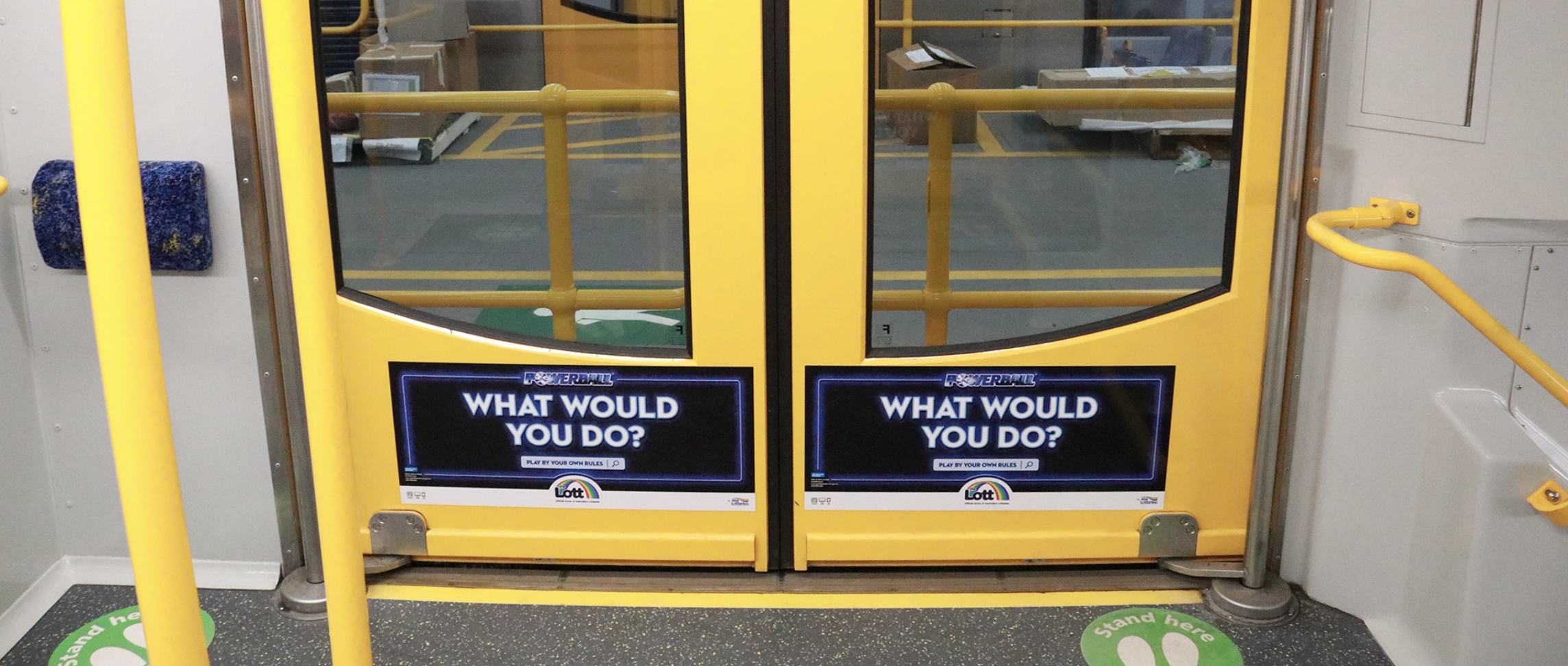Why Public Transport Advertising is Essential for Your Marketing Strategy in 2025
In today’s fast-paced urban environments, millions of people rely on public transport to commute to work, run errands, and explore their cities. This daily routine offers an excellent opportunity for businesses to capture the attention of a large and diverse audience. Public transport advertising is a dynamic and cost-effective way to engage commuters, offering high visibility and broad reach. In this blog, we’ll explore why public transport advertising is an essential component of any comprehensive marketing strategy.
What is Public Transport Advertising?
Public transport advertising refers to the placement of ads on various modes of public transportation, including buses, trains, trams, and taxis, as well as in transit stations and terminals. This form of advertising can take many formats, from external wraps and posters to digital screens and interior panels.
Given the sheer number of daily commuters using public transport, advertising in this space ensures that brands reach a large, captive audience. Whether your target demographic is busy professionals, students, or tourists, public transport advertising offers unmatched exposure.
Key Benefits of Public Transport Advertising
1. Wide Reach and Frequency
Public transport systems are essential to city life, making public transport advertising a powerful way to reach a broad and diverse audience. With millions of people relying on buses, trains, and trams each day, advertisers can achieve high frequency by repeatedly reaching the same individuals during their daily commutes. This repetition builds brand recognition and recall, ensuring that your brand remains top of mind.
2. Cost-Effective Advertising
Compared to traditional media like TV or print, public transport advertising offers a cost-effective solution that provides high visibility. With multiple ad formats available, businesses can tailor their campaigns to fit any budget, ensuring maximum impact at a fraction of the cost of other mass media advertising. Public transport ads often deliver better ROI due to their relatively lower costs and high exposure rates.
3. Targeted Audience
The ability to target specific geographic areas is one of the standout benefits of public transport advertising. For instance, businesses can select routes that pass through central business districts or residential areas, ensuring their ads are seen by the right audience. Whether you’re promoting a local business or running a national campaign, public transport ads can be strategically placed to reach key demographics such as business professionals, students, and tourists.
4. High Engagement
Commuters spend significant amounts of time on public transport, often without many distractions. This makes them more likely to notice and engage with advertisements in their environment. Studies have shown that people are more likely to remember ads they see on public transport, as they spend extended periods in close proximity to them. The engagement level is much higher than with other fleeting ad formats like TV or social media, where users may scroll past content without fully engaging.
5. Creative Flexibility
Public transport advertising offers a variety of formats that allow for creative freedom. Whether it’s full bus wraps that turn a vehicle into a moving billboard or eye-catching posters inside a train carriage, this form of advertising lets businesses experiment with bold visuals and compelling messaging that stand out. The flexibility of public transport media allows brands to create immersive experiences and attention-grabbing designs that leave a lasting impression on commuters.
Popular Formats for Public Transport Advertising
At S&J Media, we offer a range of creative formats for public transport advertising, each designed to maximize exposure and engagement:
- Bus Wraps: Full or partial wraps that turn the exterior of a bus into a mobile billboard, offering expansive space for advertising. These wraps are highly visible, especially in areas with heavy foot traffic or busy roadways.
- Train Interior Ads: From seatbacks to ceiling wraps, train interiors provide ample opportunities to target commuters with immersive advertising experiences. These ads are seen up close, which increases their effectiveness.
- Bus Stop and Station Posters: Highly visible posters and billboards in transit hubs ensure that your message reaches both passengers and pedestrians. These stationary ads are perfect for high-traffic locations where commuters wait for transport.
- Tram Advertising: In cities with extensive tram networks, trams offer another high-visibility platform to showcase your brand to urban commuters. Trams are often an iconic feature of public transport, and ads on them can stand out in a crowd.
Why Public Transport Advertising is So Effective
One of the biggest advantages of public transport advertising is the amount of time people spend interacting with it. Unlike fleeting digital ads or quick radio spots, public transport ads are in place for extended periods, allowing for repeated exposure. As commuters travel the same routes daily, they encounter the same advertisements, reinforcing your brand message over time. This repetition increases brand recognition and makes your message more likely to stick.
Additionally, public transport offers an ideal setting for brands looking to make an emotional connection. Commuters often associate the ads they see during their commute with their daily lives, making them more likely to engage with content that resonates with their personal experiences. This emotional connection can lead to stronger brand loyalty and greater consumer action.
Targeting Commuters with Public Transport Advertising
Public transport advertising allows businesses to target different demographics effectively. Here’s how brands can benefit from this targeting potential:
- Professionals and Business Travelers: Advertising on train or bus routes that pass through central business districts is a great way to target working professionals. Financial services, tech products, and office solutions are examples of industries that perform well with this audience.
- Students and Young Adults: Universities and campuses are often connected by public transport, making it easy to reach students with ads that promote educational opportunities, lifestyle brands, or entertainment options.
- Tourists and Visitors: Ads placed in transport hubs or on routes that serve popular tourist destinations offer an excellent opportunity for leisure brands, restaurants, and hotels to attract visitors to their services.
The Future of Public Transport Advertising
As cities continue to grow and public transportation networks expand, the opportunities for public transport advertising are only increasing. With the integration of digital technology into buses, trains, and stations, businesses can now use interactive ads and real-time data to create even more personalized and engaging campaigns.
Digital screens and smart ads that adapt based on the time of day or commuter demographics are shaping the future of public transport advertising, offering brands new ways to connect with their audience. These innovations create highly targeted, dynamic experiences that increase engagement and drive results.
Conclusion: Drive Your Brand Forward with Public Transport Advertising
Whether you’re looking to build brand awareness, promote a specific product, or create emotional connections with your audience, public transport advertising is a high-impact strategy that delivers measurable results. From bus wraps to train interiors, this form of advertising offers creative flexibility, targeted reach, and cost-effective solutions that put your brand in front of a large, engaged audience.
At S&J Media, we specialize in designing tailored public transport advertising campaigns that align with your marketing goals. Contact us today to learn how we can help your brand harness the power of transit media to drive success and connect with your audience in meaningful ways.

